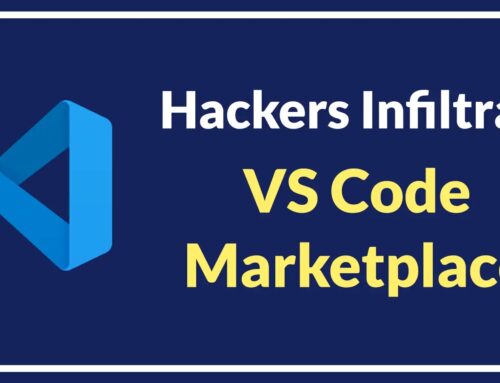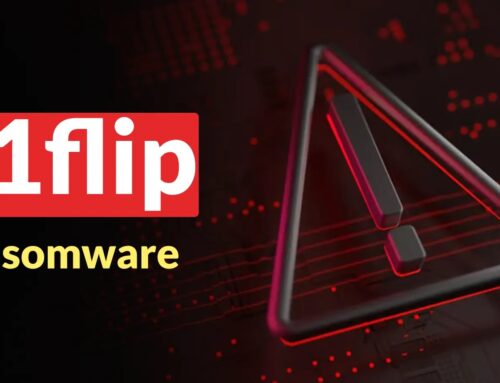
New Microsoft Exchange Server Vulnerability Enables Attackers to Gain Admin Privileges
Unpacking CVE-2025-53786: The New Exchange Server Privilege Escalation Threat
A critical security vulnerability has emerged within Microsoft Exchange Server hybrid deployments, posing a significant risk to organizations
This flaw, tracked as CVE-2025-53786, allows attackers with existing on-premises administrative access to escalate privileges into cloud environments, potentially without leaving easily detectable traces. The vulnerability was officially documented by Microsoft on August 6, 2025, following a demonstration at the Black Hat cybersecurity conference by a prominent security researcher, raising immediate concerns across the industry.
Understanding the Threat: Bridging On-Premises and Cloud
The core danger of CVE-2025-53786 lies in its ability to bridge the security boundary between an organization’s on-premises infrastructure and its cloud services, specifically within Microsoft Exchange Server hybrid configurations. Traditionally, maintaining a robust defense often involves segmenting on-premise and cloud security postures. This vulnerability, however, exploits aspects of hybrid deployments where on-premises Exchange servers interact with Exchange Online.
An attacker who has already gained administrative control over an on-premises Exchange server can leverage this vulnerability to extend their reach. This means that an initial breach, even if limited to the local network, could quickly cascade into the cloud, giving the perpetrator elevated privileges within Microsoft’s cloud ecosystem. Such a lateral movement can be particularly insidious as it bypasses many traditional cloud security controls that focus on external threats.
Impact of Compromise: Unrestricted Access and Data Exfiltration
The implications of an attacker gaining administrative privileges in a cloud environment through CVE-2025-53786 are severe. With administrative access, malicious actors could:
- Access and exfiltrate sensitive data: This includes confidential emails, documents, and other information stored within Exchange Online.
- Manipulate existing data: Attackers could alter, delete, or inject false information into user mailboxes and shared folders.
- Create new administrative accounts: This would establish persistent backdoors, making detection and expulsion much harder.
- Impersonate legitimate users: Leveraging administrative privileges, attackers can send malicious emails from compromised accounts, facilitating further phishing or malware dissemination.
- Disrupt critical business operations: Through denial-of-service attacks or by corrupting essential mail flow configurations.
- Bypass security monitoring: The vulnerability’s characteristic of not leaving easily detectable traces makes it harder for security teams to identify the compromise in a timely manner.
Remediation Actions: Protecting Your Exchange Hybrid Environment
Addressing CVE-2025-53786 requires immediate and decisive action. Organizations utilizing Microsoft Exchange Server hybrid deployments must prioritize these steps:
- Apply Microsoft’s Security Patches: The most crucial step is to apply the security updates released by Microsoft on August 6, 2025, or any subsequent patches related to this vulnerability. Ensure all Exchange Server instances in hybrid mode are fully updated.
- Review and Restrict On-Premises Administrative Access: Conduct a thorough audit of all accounts with administrative privileges on your on-premises Exchange servers. Implement the principle of least privilege, ensuring only
- Monitor for Anomalous Activity: Enhance monitoring for unusual access patterns or privilege escalation attempts originating from on-premises Exchange servers towards cloud resources. Pay close attention to logs from Active Directory, Exchange Server, and Azure AD.
- Implement Multi-Factor Authentication (MFA): Enforce MFA for all administrative accounts, both on-premises and in the cloud. While not a direct fix for the vulnerability, MFA significantly reduces the impact of compromised credentials.
- Network Segmentation and Least Privilege: Review and strengthen network segmentation between your on-premises Exchange servers and other critical infrastructure. Ensure that Exchange servers only have the necessary network access to perform their functions.
- Regular Security Audits: Conduct frequent security audits and penetration tests specifically targeting your hybrid Exchange environment to identify and remediate potential weak points.
Tools for Detection and Mitigation
Leveraging the right tools can significantly aid in identifying and mitigating the risks associated with CVE-2025-53786.
| Tool Name | Purpose | Link |
|---|---|---|
| Microsoft Exchange Health Checker Script | Identifies common configuration issues and missing updates on Exchange Servers. | https://github.com/microsoft/CSS-Exchange/tree/main/Security |
| Azure AD Connect Health | Monitors synchronization and identity components, providing insights into potential issues. | https://docs.microsoft.com/en-us/azure/active-directory/hybrid/how-to-connect-health-agent-install |
| Microsoft 365 Defender | Unified security suite for endpoint, identity, email, and app protection. Can detect suspicious activities. | https://www.microsoft.com/en-us/security/business/threat-protection/microsoft-365-defender |
| PowerShell Scripting for Log Analysis | Custom scripts to automate analysis of Exchange, Active Directory, and Windows event logs for anomalies. | (No specific link, custom solutions) |
Conclusion
The disclosure of CVE-2025-53786 represents a significant reminder of the ongoing challenges in securing complex hybrid IT environments. While the vulnerability targets Microsoft Exchange Server hybrid deployments, its broader implication highlights the need for a holistic security strategy that accounts for the interconnectedness of on-premises and cloud infrastructures. Prompt patching, rigorous access controls, enhanced monitoring, and regular security assessments are not merely best practices but essential defense mechanisms against such sophisticated threats.





